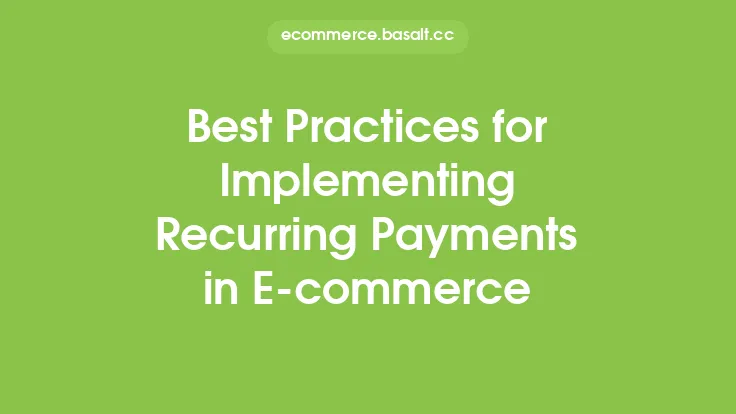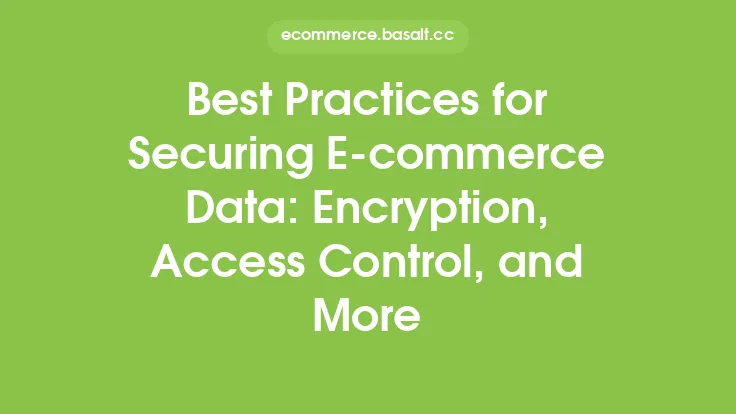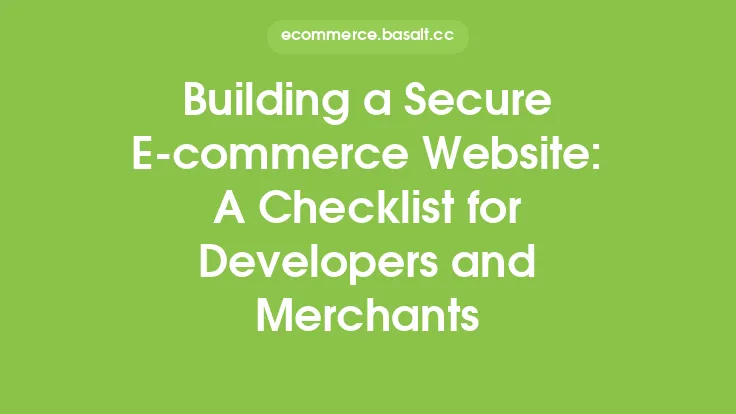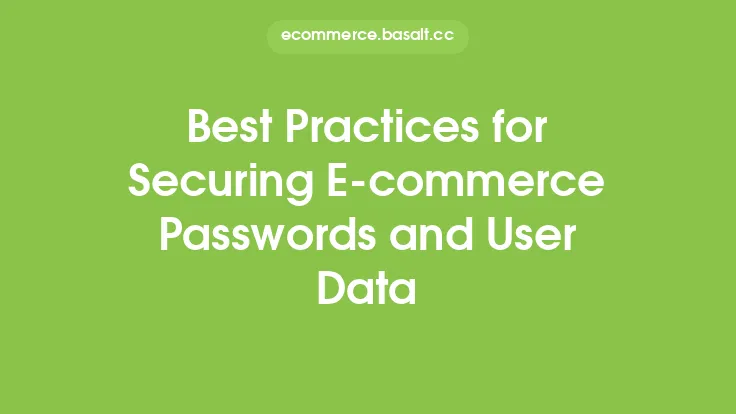Regular maintenance and updates are crucial for the smooth operation of an e-commerce platform. A well-maintained platform ensures that customers have a seamless shopping experience, which in turn, boosts sales and revenue. In this article, we will discuss the best practices for e-commerce platform maintenance and updates, highlighting the importance of staying up-to-date with the latest technologies and trends.
Introduction to E-commerce Platform Maintenance
E-commerce platform maintenance involves a series of tasks that help keep the platform running efficiently and effectively. This includes tasks such as updating software and plugins, monitoring performance, fixing bugs, and ensuring security. Regular maintenance helps prevent downtime, reduces the risk of security breaches, and improves the overall user experience. It also helps to identify and fix issues before they become major problems, reducing the risk of lost sales and revenue.
Scheduling Regular Updates and Maintenance
Scheduling regular updates and maintenance is essential for keeping an e-commerce platform up-to-date and running smoothly. This can be done by setting a regular schedule, such as weekly or monthly, to perform tasks such as updating software and plugins, backing up data, and monitoring performance. It's also important to keep track of updates and maintenance tasks, using tools such as calendars or project management software, to ensure that nothing is missed.
Monitoring Performance and Fixing Issues
Monitoring performance and fixing issues is a critical aspect of e-commerce platform maintenance. This involves using tools such as analytics software to track performance metrics, such as page load times and conversion rates, and identifying areas for improvement. It also involves fixing issues, such as bugs and errors, as soon as they are identified, to prevent downtime and reduce the risk of lost sales. Regular monitoring and maintenance help to ensure that the platform is running at optimal levels, providing a seamless user experience.
Ensuring Security and Compliance
Ensuring security and compliance is a top priority for e-commerce platforms. This involves implementing security measures, such as encryption and firewalls, to protect customer data and prevent security breaches. It also involves ensuring compliance with regulations, such as PCI-DSS and GDPR, to avoid fines and penalties. Regular security audits and penetration testing help to identify vulnerabilities and ensure that the platform is secure.
Managing Plugins and Extensions
Managing plugins and extensions is an important aspect of e-commerce platform maintenance. This involves regularly updating and testing plugins and extensions to ensure they are compatible with the latest version of the platform. It also involves removing unused plugins and extensions to reduce the risk of security breaches and improve performance. Regularly reviewing and updating plugins and extensions helps to ensure that the platform is running efficiently and effectively.
Backing Up Data and Disaster Recovery
Backing up data and having a disaster recovery plan in place is essential for e-commerce platforms. This involves regularly backing up critical data, such as customer information and order history, to prevent data loss in the event of a disaster. It also involves having a disaster recovery plan in place, which outlines procedures for restoring the platform in the event of a disaster. Regular backups and a disaster recovery plan help to ensure business continuity and minimize downtime.
Testing and Quality Assurance
Testing and quality assurance are critical aspects of e-commerce platform maintenance. This involves regularly testing the platform to ensure it is functioning as expected, and identifying and fixing issues before they become major problems. It also involves conducting quality assurance tests, such as user acceptance testing, to ensure that the platform meets the required standards. Regular testing and quality assurance help to ensure that the platform is running smoothly and providing a seamless user experience.
Staying Up-to-Date with the Latest Technologies and Trends
Staying up-to-date with the latest technologies and trends is essential for e-commerce platforms. This involves regularly researching and implementing new technologies and trends, such as artificial intelligence and machine learning, to improve the user experience and stay ahead of the competition. It also involves attending industry events and conferences, and participating in online forums and communities, to stay informed about the latest developments. Regularly staying up-to-date with the latest technologies and trends helps to ensure that the platform is running efficiently and effectively, and providing a competitive edge.
Conclusion
In conclusion, regular maintenance and updates are crucial for the smooth operation of an e-commerce platform. By following best practices, such as scheduling regular updates and maintenance, monitoring performance, ensuring security and compliance, managing plugins and extensions, backing up data, testing and quality assurance, and staying up-to-date with the latest technologies and trends, businesses can ensure that their e-commerce platform is running efficiently and effectively, providing a seamless user experience and boosting sales and revenue. Regular maintenance and updates help to prevent downtime, reduce the risk of security breaches, and improve the overall user experience, making them an essential aspect of e-commerce platform management.





